SUMMARY
This is AI generated summarization, which may have errors. For context, always refer to the full article.
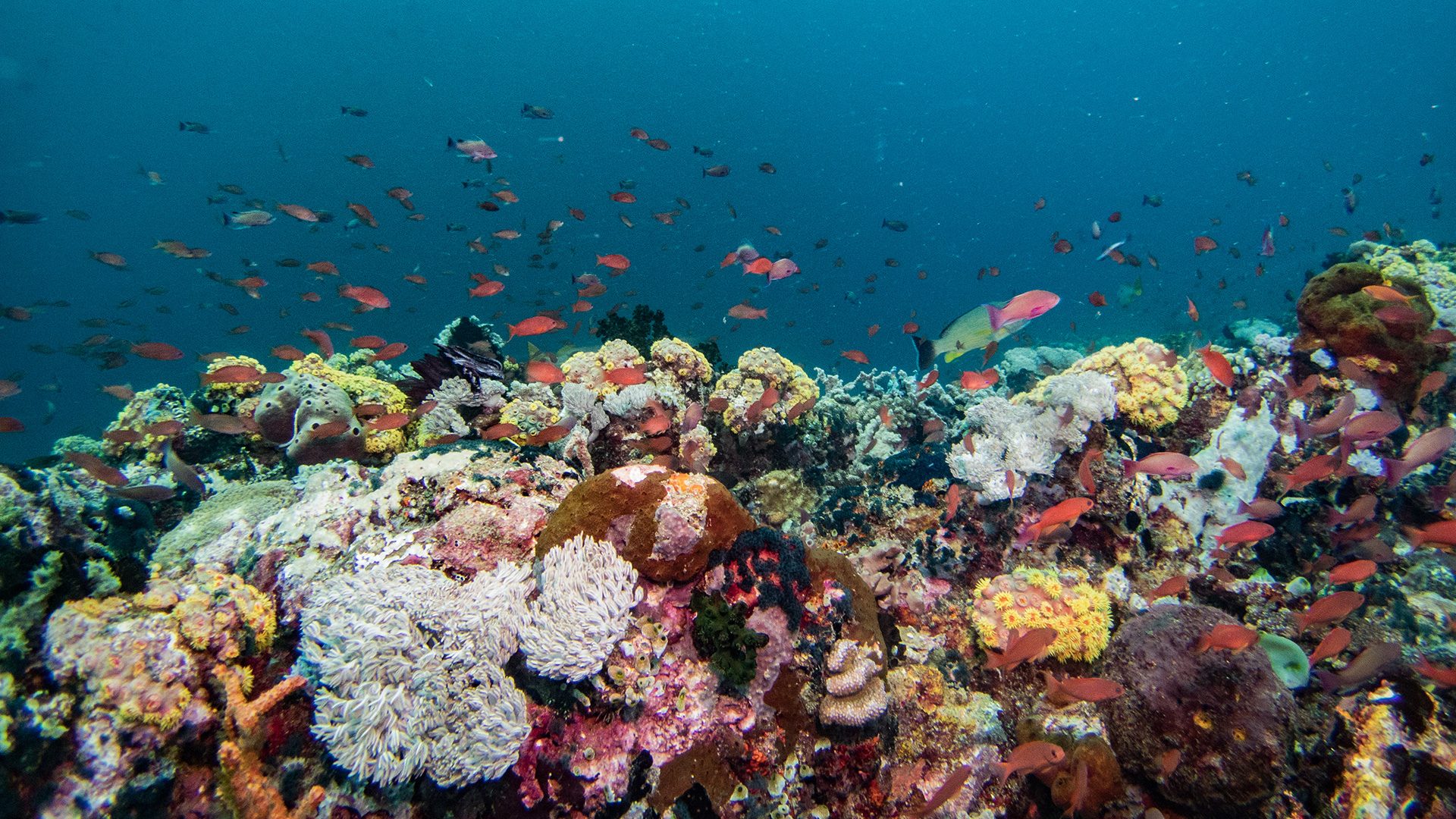
MANILA, Philippines – Oriental Mindoro Governor Humerlito “Bonz” Dolor is supporting suggestions that government ban oil tankers from using the Verde Island Passage (VIP), following reports of oil spill sightings in what is considered the center of the Philippines’ marine biodiversity.
(Editor’s note: An earlier version of this story misspelled the first name of the governor as Humberto. This has been corrected.)
In an interview on the ABS-CBN News Channel (ANC) on Monday, March 20, Dolor said it would be a good policy to prohibit oil tankers from using VIP, following the sinking of MT Princess Empress off Naujan, Oriental Mindoro last February 28. It carried more than 800,000 liters of industrial fuel oil, also called “black oil,” which is considered “toxic.”
“The Verde Island Passage should just be for passenger vessels, fishing vessels,” he said. “Oil tankers should have a different route.”
Dolor said this would be a small price to pay in light of the environmental disaster caused by the sinking of MT Princess Empress.
He said this can first be done via a presidential order followed later by a law passed by Congress to make it permanent.
Dolor said the number of affected families in Oriental Mindoro has risen from 13,000 two weeks ago to nearly 21,000 in nine towns, plus the city of Calapan.
He said a Remotely Operated Vessel (ROV) sent by the Japanese government is already in Balingawan Point in Oriental Mindoro to help contain the oil spill.
(Editor’s note: An earlier version of this story, quoting Dolor, said this ROV was capable of patching holes, leaks as well as siphoning oil from the tanker. The Philippine Coast Guard has corrected this, saying the Japanese ROV is not the vessel that can do this. This has been deleted from the story.)
Dr. Irene Rodriguez, associate professor of the University of the Philippines Marine Science Institute (UP MSI), told radio DZBB on Monday that the oil debris has already reached Calapan, and there are reports of “oil [spill] sightings in Isla Verde [Verde Island], Batangas.”
She said UP MSI’s projection shows that parts of the oil spill would go in the direction of Puerto Galera and Calapan, and parts of Batangas province, including Verde Island.
The UP MSI said in its March 18 bulletin that oil was still leaking from the sunken vessel.
“Oil spill trajectories for March 16-22 show a northward shift with Calapan possibly receiving most of the oil from March 20-22. Westward currents along the coast of northern Mindoro towards the Verde Island Passage are forecasted to be more pronounced for this period. The Amihan winds, which contained most of the oil to the coasts of Nauhan and Pola in the previous weeks, are now more variable, allowing the oil to spread northwards. It is critical to stop the seepage before the end of the Amihan season, otherwise more critical biodiversity areas along the Verde Island Passage may be affected,” the UP MSI said.

The Philippine Coast Guard said it conducted an aerial inspection at Verde Island on Monday afternoon and did not find any traces of an oil spill.
“During the aerial inspection from 1 pm to 4 pm, the PCG confirmed that Verde Island and its vicinity waters no longer have traces of an oil spill,” it posted on its Facebook page.
Lawyers press gov’t
Meantime, three environmental organizations – Oceana Philippines, Greenpeace Philippines, Center for Energy Ecology and Development (CEED) – on Monday expressed alarm over reports that the oil spill has reached Isla Verde, which they said is the “most biodiverse marine habitat in the world that is undeniably a national ecological treasure for the Philippines.”
A joint statement signed by 90 lawyers on March 20 is urging the government to take immediate measures to address this “ecological nightmare” and to “prevent similar incidents from happening in the future.”
“The Verde Island Passage is ecologically significant and one of the most highly productive ecosystems in the Philippines, thus, the protection and conservation of this area should be a top priority for the government,” they said.
The statement of concerned Filipino lawyers was read in a public forum on Monday.
The lawyers also lamented the lack of transparency in the official investigations, noting that reports on MT Princess Empress being a “colorum” or unlicensed vessel only came out when the Senate committee on environment, natural resources, and climate change held a hearing on March 14 on the oil spill.
The lawyers said “relevant government agencies” have neither confirmed nor denied a Rappler story that it was a subsidiary of San Miguel Shipping and Lighterage, SL Harbor Bulk Terminal Corporation, that chartered a small company, RDC Reield Marine Services, to transport the more than 800,000 liters of oil from Limay, Bataan to Iloilo.
“There is likewise still incomplete information as to who owns the oil, what kind of oil(s) is/are present in the vessel, and what are the harmful impacts of contamination, among others,” the lawyers said.
“There are also inconsistent statements from the government agencies and the shipowner, concerning the legality of the tanker’s operations in relation to the amendment of the latter’s Certificate of Public Convenience, and the state of the tanker, being new or a rebuilt scrap,” they said.
According to the three organizaitons, among the signatories to the collective statement are:
- Atty. Gloria Ramos, vice president, Oceana
- Antonio La Viña, associate director of the Manila Observatory
- Atty. Jose Manuel “Chel” Diokno
- Atty. Renecio “Luke” Espiritu, president, Bukluran ng Manggagawang Pilipino
- Atty. Avril P. De Torres, deputy executive director, CEED
- Atty. Grizelda Mayo-Anda, executive director, Environmental Legal Assistance Center
- Atty. Efenita Taqueban, executive director, Legal Rights and Natural Resources Center
- Atty. Aljun Sarmiento, legal officer, Philippine Movement for Climate Justice.
Many of the signatories are members of the Integrated Bar of the Philippines (IBP) in Oriental Mindoro, the province worst hit by the oil spill. – Rappler.com
Add a comment
How does this make you feel?
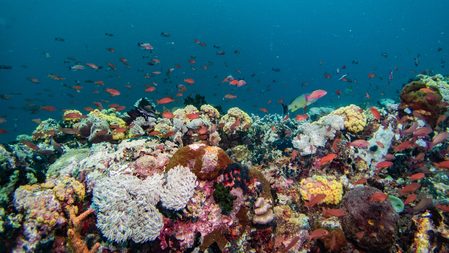
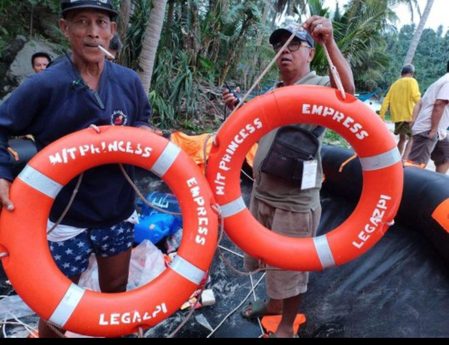





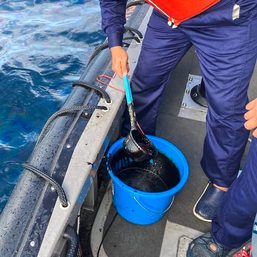

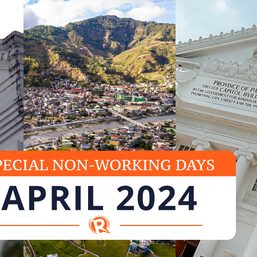
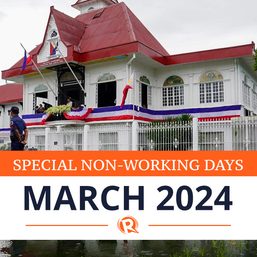
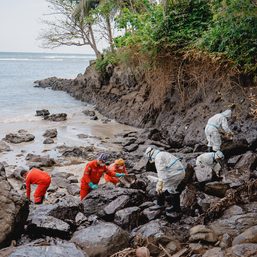
There are no comments yet. Add your comment to start the conversation.